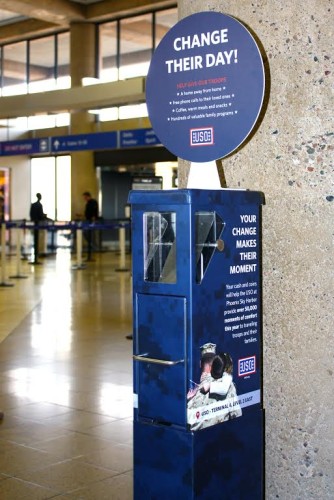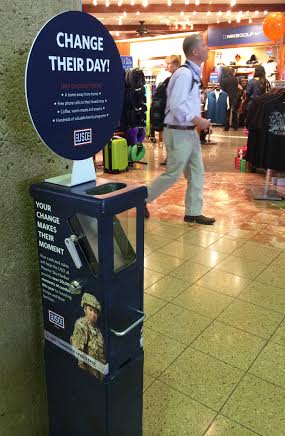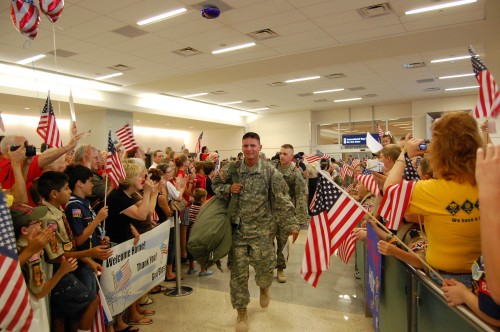Heading to the airport with loose change in your pockets?
You may not mean to, but there’s a good chance you’re leaving cash tips for the Transportation Security Administration at the airport.
During FY 2014, passengers left behind $674,841.06 in coins and currency in the bowls and bins at airport security checkpoints.
During 2013 travelers left $638,142.64.
That was almost $107,000 more than passengers left behind in fiscal year 2012 and more than $150,000 than what was left behind in 2011.
What happens to all that money?
According to federal law, TSA gets to keep it and spend it on anything it decides helps provide civil aviation security.
If you’re not interested in donating to the TSA coffers you can make sure to put all your loose change in your purse or carry-on before getting to the checkpoint.
Or consider donating to good causes at airports in Denver, Phoenix and Columbus, Ohio, where there are pre-security collection boxes by the checkpoints where you can donate spare change to local non-profits.
Denver International Airport started the trend in early 2013 with change collection containers placed before several checkpoints and in two years has collected over $170,000 in spare change to support homeless programs in Denver through Denver’s Road Home.
Last spring, Fifth Third Bank set up three “Empty Pockets, Full Plates” collection stations near checkpoint entrances at Ohio’s Port Columbus International Airport and in the first six months raised about $1,000 to support the Mid-Ohio Foodbank.
Just before all those Super Bowl fans came to town, Phoenix Sky Harbor International Airport kicked off its spare change collection program with boxes set up in front of several security checkpoints.
During February, 2015 $1,113.09 was collected to help fund USO operations at the PHX airport.
And in Sweden, travelers with spare change can donate to the Swedish Red Cross by playing video games at the airport.
Custom-made consoles recently installed at Stockholm Arlanda Airport and Göteborg Landvetter Airport offer travelers the opportunity to pay the classic arcade games Ms. Pac-Man, Space Invaders and Galaga in exchange for coins in any currency.
(My story about spare change at airports first appeared on CNBC in a slightly different version.)



